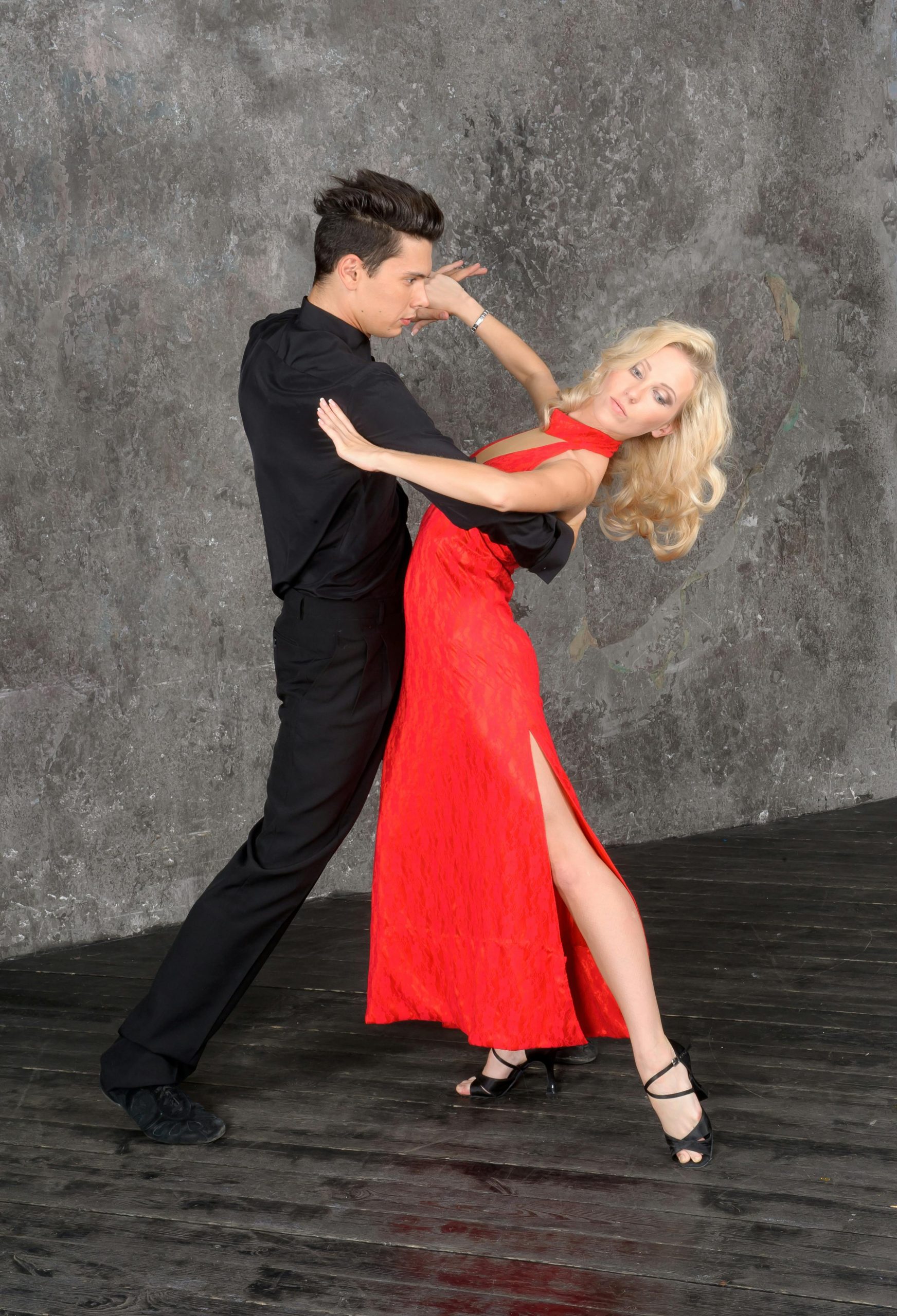Introduction
Athleisure fashion, a vibrant fusion of athleticism and style, reflects more than just performance wear. It mirrors cultural trends, societal shifts, and global influences. This article delves into how different cultures have shaped sports fashion, creating a rich tapestry of style and functionality.

Historical Foundations
Initially, sportswear focused solely on functionality. Early 20th-century athletes wore basic, practical attire. However, as sports gained popularity, cultural influences began to shape the aesthetics of athletic wear.
Western Influence
Western culture has had a significant impact on sports fashion. The 1980s and 1990s saw the rise of brands like Nike, Adidas, and Reebok, which became synonymous with sports fashion. These brands introduced innovative designs and technologies, blending performance with style. The influence of hip-hop culture also played a role, with oversized jerseys, tracksuits, and sneakers becoming iconic symbols in both sports and streetwear.
Eastern Aesthetics
Moreover, Eastern cultures have infused their unique aesthetics into sports fashion. Japanese minimalism, with its clean lines and functional designs, has influenced brands like Asics and Mizuno. Additionally, traditional martial arts attire, such as the karate gi and judo uniform, has inspired modern athletic wear, emphasizing simplicity and efficiency.
African Patterns and Colors
African cultures have brought vibrant patterns and colors to sports fashion. The use of bold prints and traditional motifs has become increasingly popular. Brands like Puma have collaborated with African designers to create collections that celebrate African heritage, incorporating elements like Kente cloth patterns and tribal prints into contemporary sportswear.
Latin American Flair
Latin American culture has also left its mark on sports fashion. The lively and colorful designs often seen in soccer jerseys reflect the region’s passion for the sport. Brazilian and Argentine influences, with their emphasis on vibrancy and energy, have contributed to the global popularity of soccer apparel, making it a staple in sports fashion.
Indigenous Inspirations
Additionally, indigenous cultures have inspired sports fashion through their traditional craftsmanship and sustainable practices. The use of natural fibers, handwoven textiles, and intricate beadwork adds depth and authenticity to athletic wear. Collaborations with indigenous artisans have resulted in unique, culturally rich sportswear that honors heritage while promoting sustainability.
Modern-Day Fusion
In contemporary sports fashion, cultural influences blend seamlessly, creating a global aesthetic. Athleisure, a trend that merges athletic wear with everyday fashion, exemplifies this fusion. It combines elements from various cultures, making sportswear versatile and stylish. Brands now strive to create inclusive designs that cater to diverse cultural tastes and preferences.
Conclusion
Cultural influences have significantly shaped sports fashion, transforming it into a dynamic and diverse industry. From Western innovations to Eastern minimalism, African patterns to Latin American flair, and indigenous craftsmanship, sports fashion is a celebration of global culture. As the industry continues to evolve, these cultural influences will undoubtedly continue to inspire and enrich the world of sports fashion.
Embrace the cultural tapestry of sports fashion, where every design tells a story and every piece celebrates a heritage.

